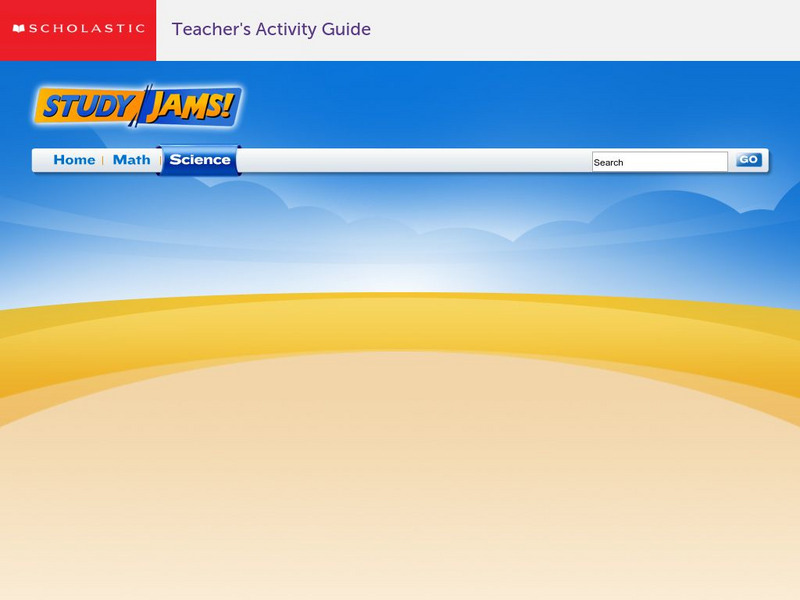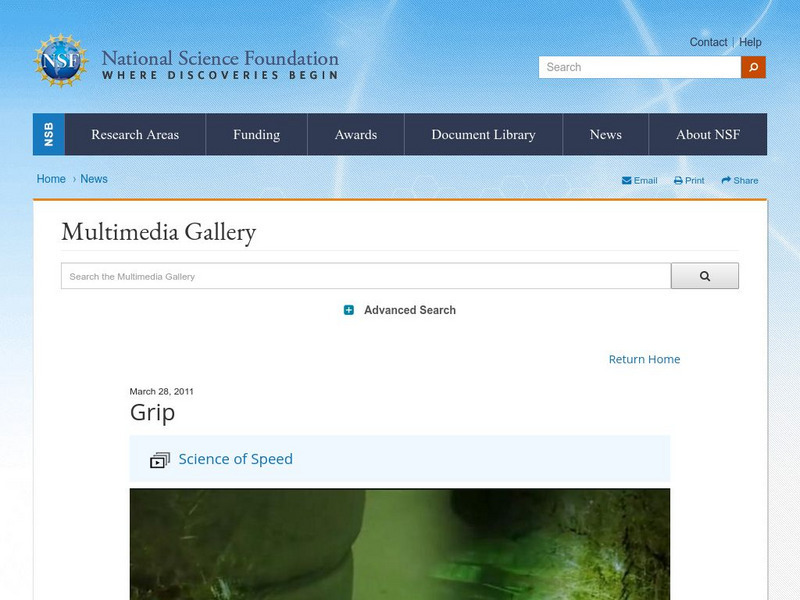GPB Television
Physics 101: Physics Metrics
A half-hour introductory video on mechanics and the metric system was produced with beginning physicists in mind. Note-taking guides are provided, in addition to a follow-up metric worksheet. For the lab, learners construct paper frogs....
Curated OER
The Tablecloth Trick
You might not be able to pull a rabbit out of a hat, but you could certainly pull a tablecloth out from under a place setting! Display inertia and Newton's first law of motion for your future physicists or magicians by performing this...
Physics Girl
Crazy Pool Vortex
Tornadoes, hurricanes, whirlpools, and water going down the drain all contain of a vortex. The video demonstrates how to create two vortices that travel together the length of a swimming pool. It explains the physics behind the concept...
MinuteEarth
What Happened To This Car?
On June 7, 1692, at 11:43 am, the Jamaican city of Port Royal sank into the harbor, killing more than 2,000 people. The video explains this disaster and others that were caused by liquefaction, describes the conditions required, and...
Scholastic
Scholastic: Study Jams! Science: Force and Motion
A video and quiz on how force must overcome inertia in order to produce motion.
National Science Foundation
National Science Foundation: Science of Speed: Friction and Heat
Friction always creates heat. Brakes and tires depend on friction to work, while the opposite is true of an engine. Engine builders use oil and high-tech coatings to get more power from an engine. [5:25]
National Science Foundation
National Science Foundation: Science of Speed: Tires and Pressure
Tires on a car in a NASCAR race are filled with nitrogen. The force of friction increases tire pressure as the car goes around the track. Using dry nitrogen gas helps with predicting the temperature and pressure of a tire during a race....
Khan Academy
Khan Academy: Thermal Energy From Friction
In this video David shows how to find the energy generated by the force of friction and solves an example conservation of energy problem involving thermal energy. [14:47]
Bozeman Science
Bozeman Science: Contact Forces
In the following video Paul Andersen explains how contact forces result from interatomic forces. [5:29]
Khan Academy
Khan Academy: Types of Forces and Free Body Diagrams
Sal defines and compares tension, weight, friction and normal forces using free body diagrams. [8:03]
National Science Foundation
National Science Foundation: Science of Speed: Grip
Success in auto racing depends on the grip of a car's tires. Grip is the frictional force that holds the tires on the track. Aerodynamic features of a car also improve a car's grip. [5:02]
Science for Kids
Science Kids: Sports Videos: The Physics of Skiing
Understand how force, acceleration, gravity, friction, and wind resistance all relate to the exciting sport of alpine skiing. [4:00]
Bozeman Science
Bozeman Science: Free Body Diagrams
Mr. Andersen shows you how to draw free body diagrams of various objects. The major forces (like gravity, normal, tension, friction, air resistance, etc.) are discussed and then applied to various problems.











